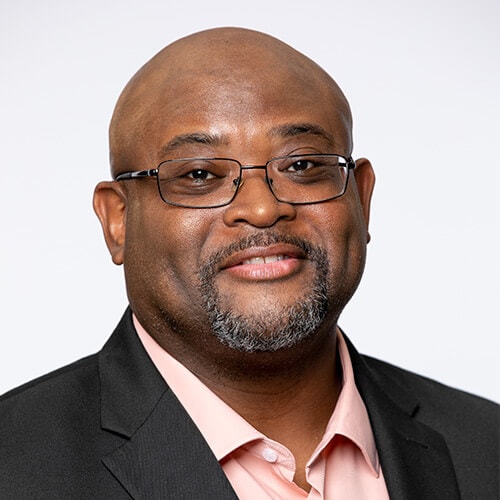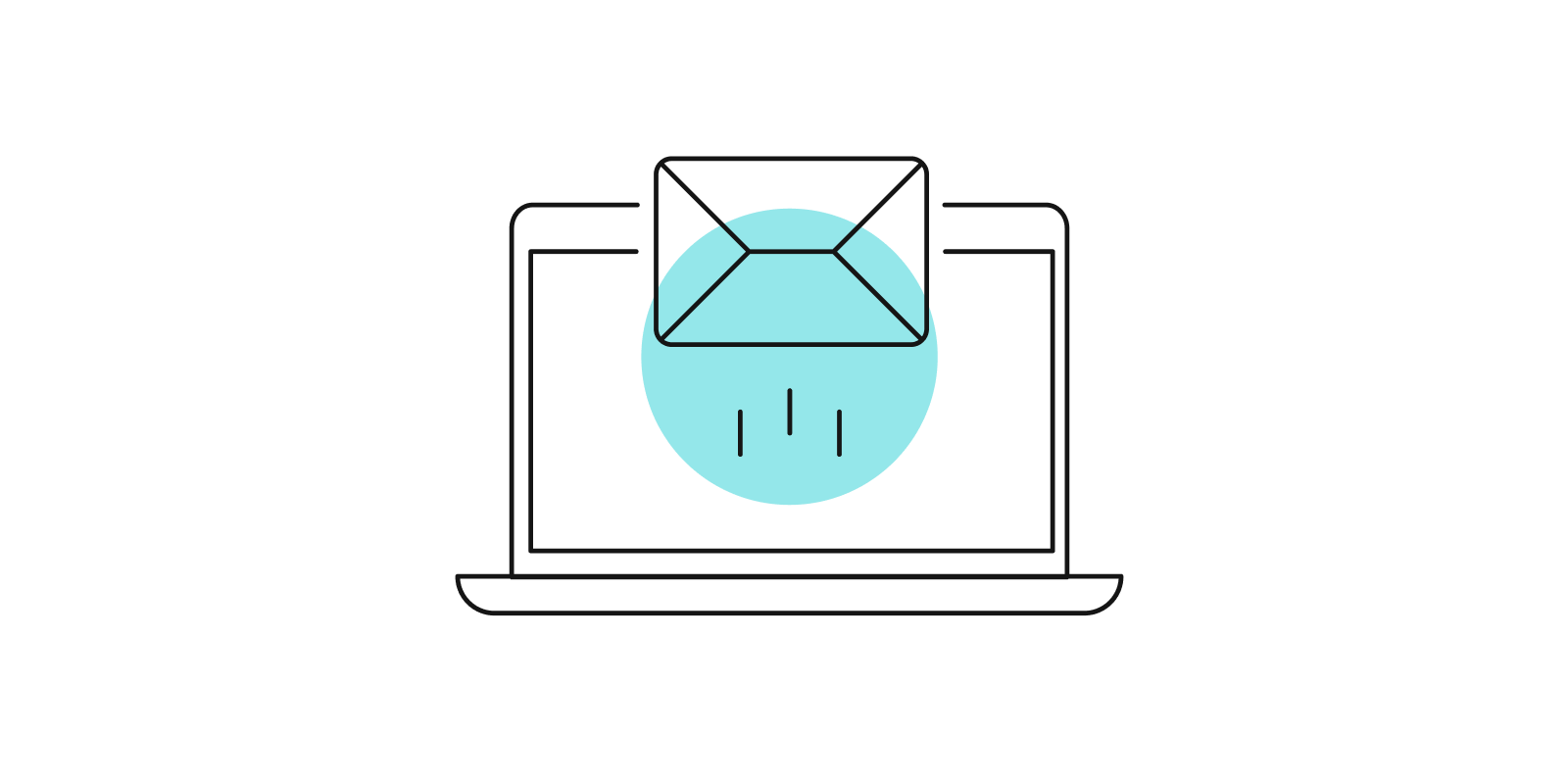
Breaking Dual Enrollment Barriers

In Part I of this blog, I talked about my own dual enrollment journey, and how it helped set me on a path towards my doctorate. I also discussed different dual enrollment delivery models, as well as benefits and barriers. How can barriers be broken? Here is one example from my work with CAST (creator of the Universal Design for Learning framework and guidelines).
BioFab USA: A CTE Dual Enrollment Case Study
In 2018, an emerging local industry for biofabrication in New Hampshire identified a need for skilled technical workers in this advanced manufacturing field. They were getting applicants with bachelor's and master's degrees, but they lacked the necessary technical skills. How could this be addressed from the ground up?
Identify the opportunity
Though New Hampshire high schools offered STEM-oriented courses, the most relevant classes were often full. However, on-campus at community colleges, there were biotechnology classes that were never full. High school students needed to be made aware of career opportunities in the biofabrication industry and the ability to take these introductory biotechnology courses (and other intro courses in this career path) through dual enrollment at their local community college.
In a National Science Foundation funded project, the Advanced Regenerative Manufacturing Institute (ARMI) partnered with CAST, who in turn collaborated with several area career and technical education high schools, community colleges, and industry partners to create a career awareness program promoting biofabrication as a desirable career path. The project resulted in the creation of a website, BioFab USA, used to increase awareness of the biofabrication industry and encourage recruitment into dual enrollment courses that are a part of the pathway to that career.
Using UDL to identify and remove barriers
To inform creation of the website using CAST’s universal design (UDL) guidelines, high school students were asked anonymously what barriers kept them from enrolling in dual enrollment programs and what kind of information they needed to make their college and career decisions. Students mentioned some of the barriers to dual enrollment they were experiencing included parents needing to be more supportive, not understanding what the requirements were, feeling like they might not be successful, and whether there was a cost involved.
At the same time, when these students were asked what motivated and excited them about potential careers, they responded with their needing a sense of accomplishment, their desire to make the world a better place, and loving new things. This is important because it speaks to their potential engagement, but the opportunity for this level of engagement is only possible if we can get them into the dual enrollment courses of their choice, connecting them to their potential career. In the case of biofabrication, this is where the BioFab USA website comes in.
Since New Hampshire students can't register for dual enrollment classes until the 10th grade, BioFab USA focused on training 9th-grade teachers in both CTE and non-CTE courses (like biology and automotive) on how to use the site to talk about dual enrollment opportunities available to students that could put them on a path toward a future career in biofabrication. Results from this case study on dual enrollment course taking, completion, and progression onto a biofabrication career path are not yet available, as the program is ongoing, but we anticipate findings within the next two years. For more details, please see BioFab USA: A Dual Enrollment Case Study.
Dual enrollment can be life changing
We do our students a disservice when we don't take the time and opportunity to connect them to things that excite them, engage them, and point them in the direction of their future. Dual enrollment does just that. It did it for me, and I believe it can be done for any student.
Learn more about Pearson’s dual enrollment solutions
About the author

Donald Walker, Career & Technical Education Trainer, CAST
At CAST, Donald delivers professional learning at both the secondary and post-secondary levels, providing technical assistance, coaching, guidance and support in a variety of contexts. Other recent education roles include Director of Education and Instructor Specs at Howard School of Media Arts, and Program Director at 90.9 WDTR Detroit Public Schools. Donald was appointed to the Farmington Public Schools Board of Education and serves on advisory boards for TV-10 and IT North Farmington High School. He is an Advance CTE Fellow, specializing in diversity, equity, and inclusion for postsecondary CTE leaders, and was recently accepted into Wayne State University’s doctoral program with a focus on curriculum and critical social inquiry.



